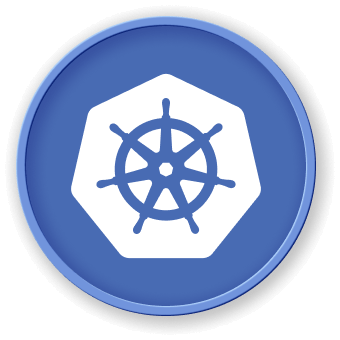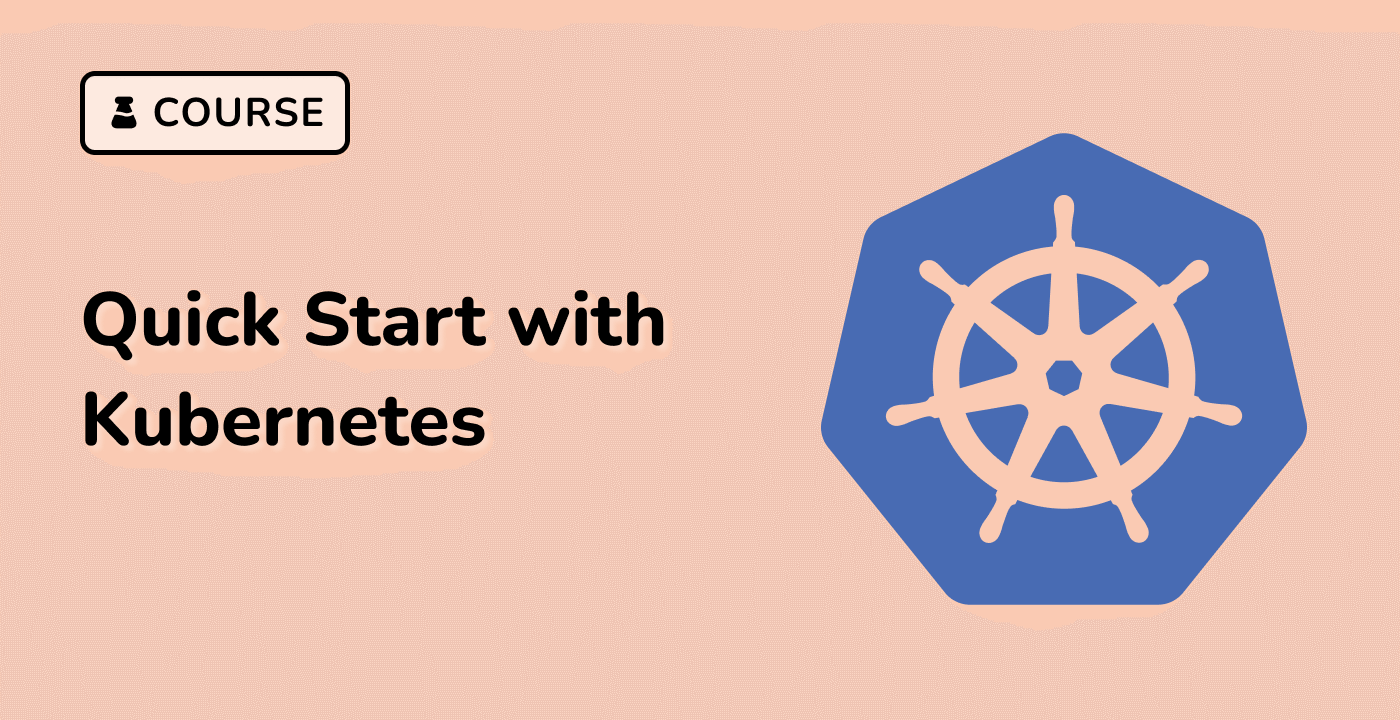Troubleshooting API Group Retrieval Issues
While interacting with the Kubernetes API, you may encounter issues related to API group retrieval. These issues can arise due to various reasons, such as incorrect API versions, network connectivity problems, or permissions-related errors. Let's explore some common troubleshooting steps to resolve these issues.
Verifying API Group Availability
To ensure that the API groups you're trying to access are available, you can use the kubectl api-resources command. This command will provide a list of all the available API groups and resources in your Kubernetes cluster. For example:
kubectl api-resources
This will display a table with the available API groups, their versions, and the resources within each group.
If the desired API group or resource is not listed, it may indicate that the group or resource is not enabled or not installed in your cluster. You can check the Kubernetes documentation or consult your cluster administrator to ensure that the required API group is available.
Checking API Group Versions
Kubernetes API groups can have different versions, and it's important to use the correct version when interacting with resources. You can use the kubectl api-versions command to list all the available API versions in your cluster:
kubectl api-versions
This will display a list of all the API versions, including the core v1 group and other groups like apps/v1, networking.k8s.io/v1, and so on.
When using kubectl commands, make sure to specify the correct API version for the resources you're working with. For example, to create a Deployment, you would use apps/v1 as the API version:
kubectl create -f deployment.yaml --validate-only
Troubleshooting API Group Retrieval Errors
If you encounter an error when trying to retrieve API groups, you can use the kubectl get --raw command to debug the issue. This command allows you to make a raw HTTP request to the Kubernetes API server and inspect the response.
For example, to retrieve the available API groups, you can use the following command:
kubectl get --raw /api
This will display the available API groups in your cluster. If you encounter an error, you can use this command to investigate the root cause, such as network connectivity issues or permission-related problems.
By understanding the Kubernetes API groups and resources, and how to troubleshoot API group retrieval issues, you'll be better equipped to manage your applications and infrastructure on the Kubernetes platform.



